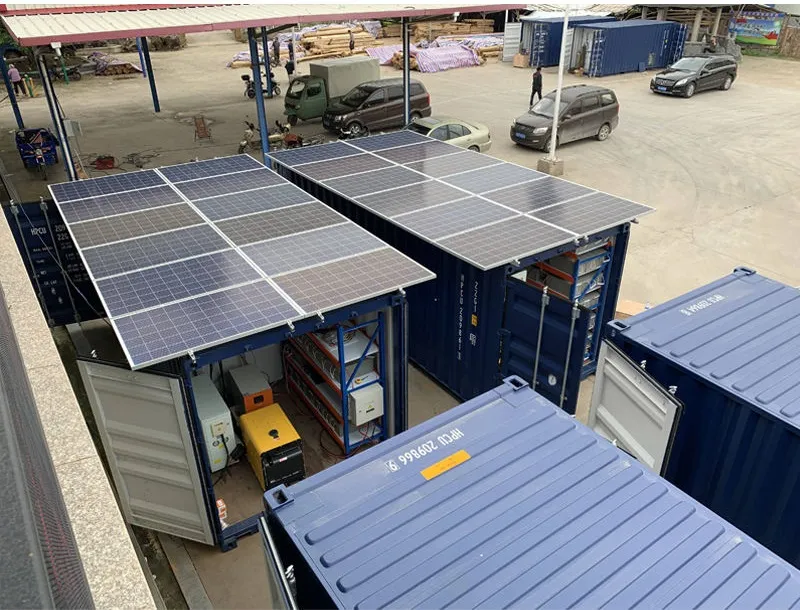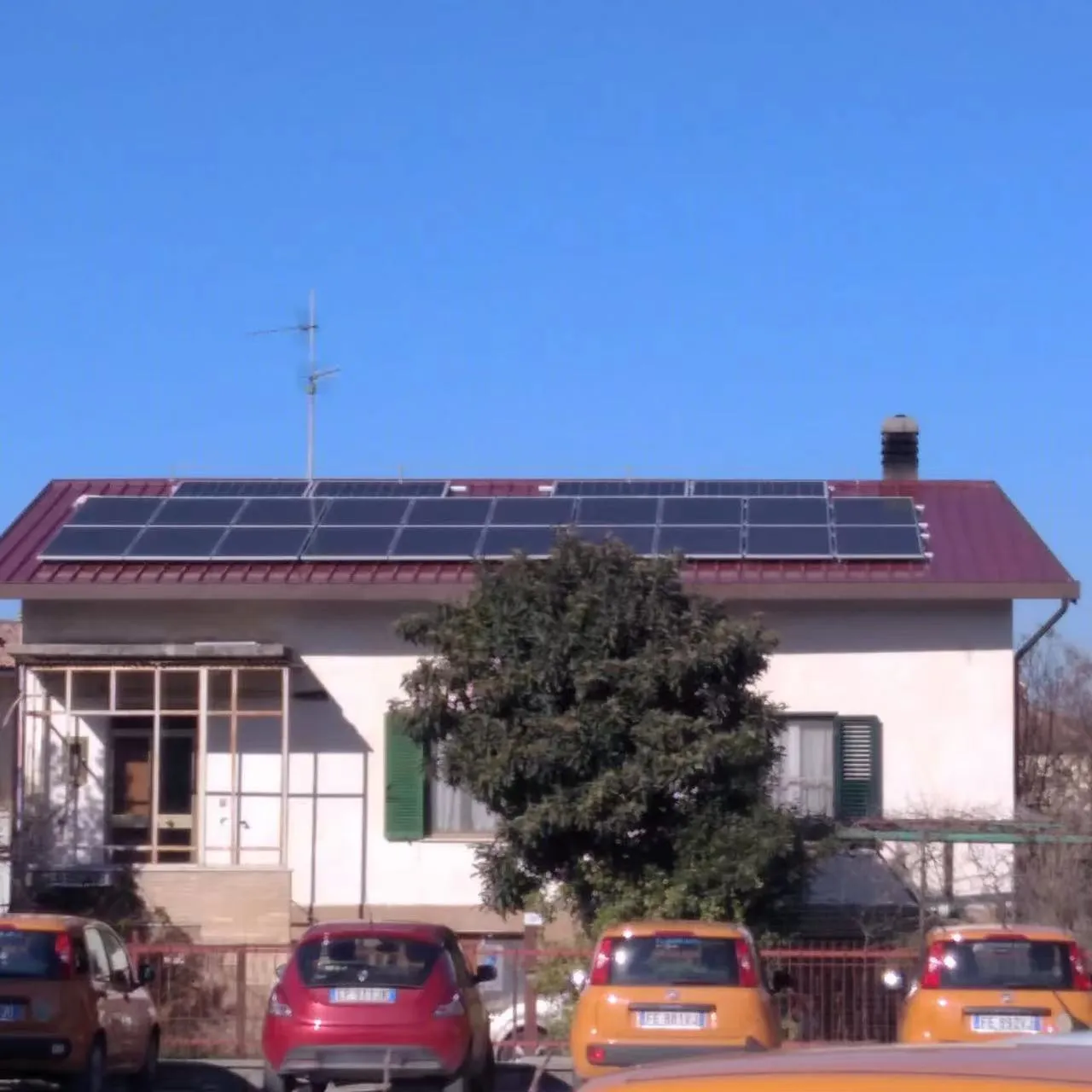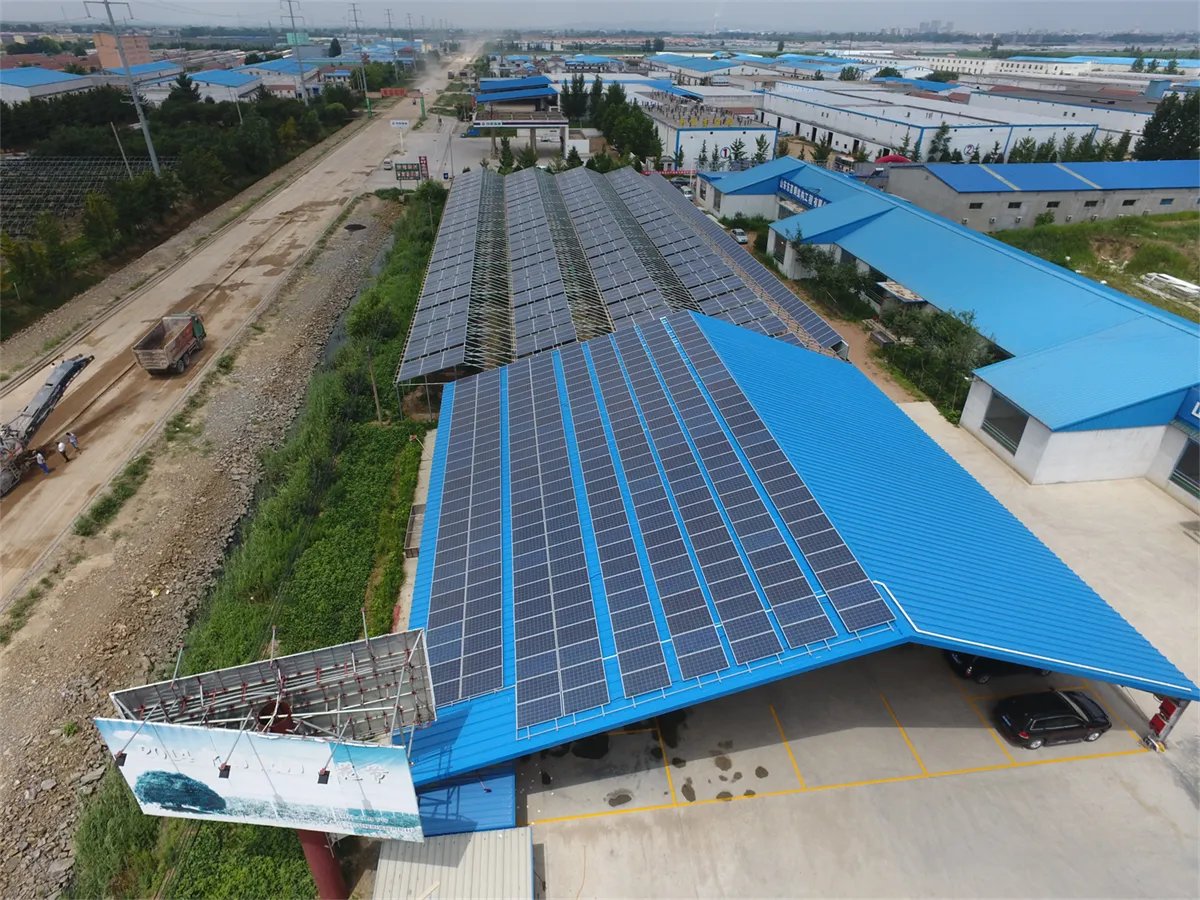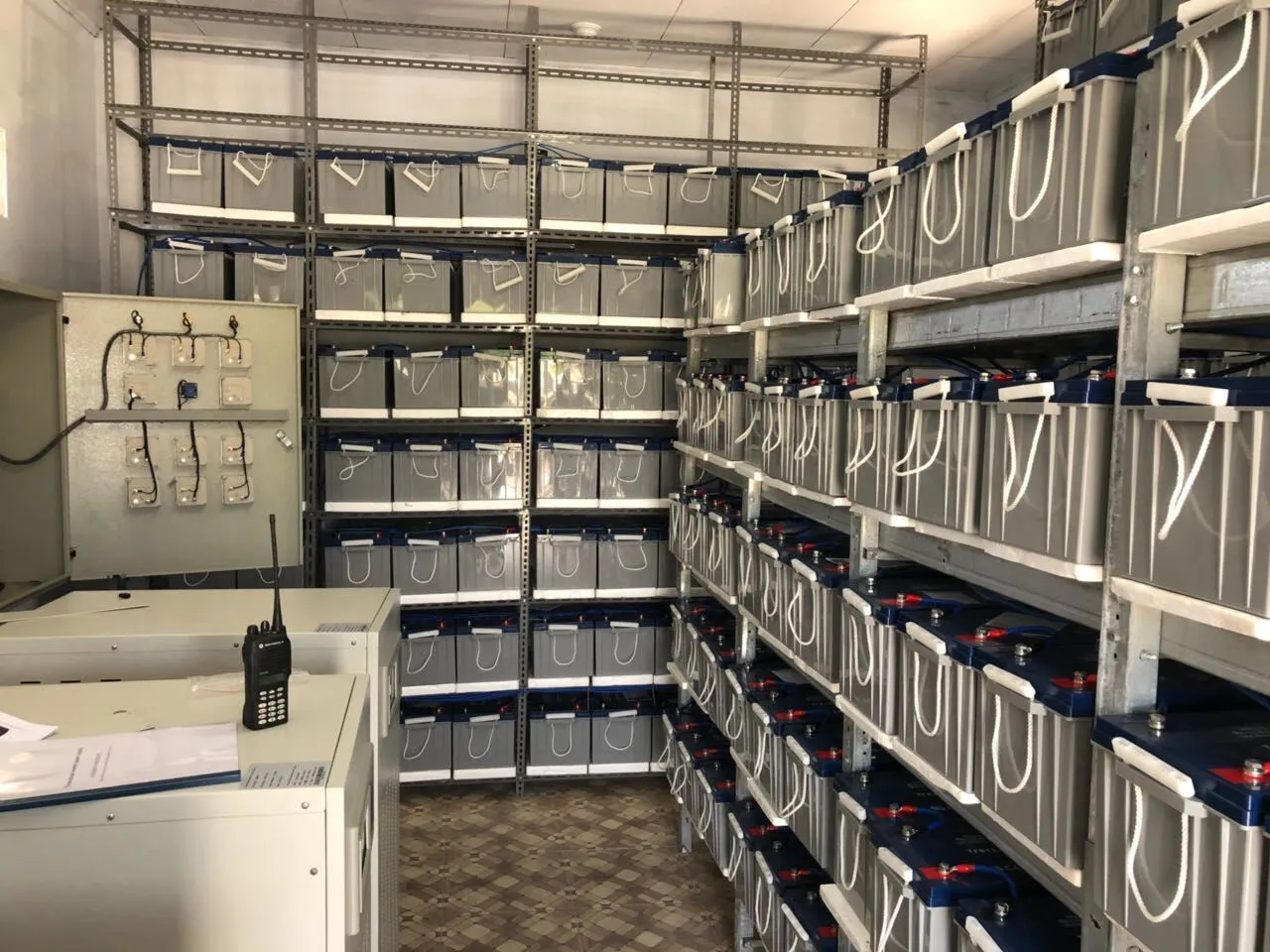
Flexible Solar Panels Application Expansion: From Portable Devices to Curved Buildings

Sun Power Unleashed: The Bendable Revolution
Picture this: solar technology that moves with you, hugs curved surfaces, and slips into spaces once thought impossible for energy harvesting. That's the magic of flexible solar panels – they're reshaping how we think about renewable energy. Unlike their rigid cousins that demand flat roofs and heavy mounting systems, these bendable marvels let us harness sunlight in ways we only dreamed of a decade ago.
You've probably seen those glass-heavy solar arrays on neighborhood roofs. While they do a great job, they come with limitations – can't bend, super heavy, and need perfectly flat surfaces. Now imagine solar tech that's as thin as a few credit cards stacked together, can curve to fit your RV roof, and even rolls up to fit in your backpack. That's what we're talking about here.
In this guide, we're journeying through the fascinating evolution of flexible solar panels – from handy portable chargers to game-changing architectural elements. We'll explore how these thin energy harvesters work, where they shine brightest, and why they're finally breaking solar out of its rigid cage.

The Nuts & Bolts: How Flexible Solar Actually Works
So how do these bendy wonders function? At their core, they capture sunlight through photovoltaic cells, just like traditional panels. But here's the twist: instead of mounting thick silicon cells between glass sheets, flexible panels use ultra-thin semiconductors on pliable substrates. Some look like laminated sheets, others feel almost like sturdy fabric.
There are three main players in the flexi-solar game:
The Contortionist: CIGS (Copper Indium Gallium Selenide) panels are the bendiest of the bunch, capable of wrapping 360 degrees around surfaces. Made by vapor-depositing semiconductor materials onto flexible backings, they're just 2-3mm thick.
The Performer: Flexible monocrystalline silicon panels pack higher efficiency in a slightly less flexible package. Using paper-thin silicon cells mounted on flexible materials, they offer premium output.
The Budget Buddy: Amorphous silicon panels bring solar to cost-sensitive applications. While less efficient, they're lightweight and handle diffuse light beautifully.
| Technology | Bend Radius | Efficiency | Best Application |
|---|---|---|---|
| CIGS Thin-Film | Up to 360° | 15-19% | Marine applications, curved surfaces |
| Flexible Monocrystalline | Up to 248° | 18-22.5% | RV roofs, high-output needs |
| Amorphous Silicon | Moderate | 6-10% | Portable charging, low-budget projects |

The Yin and Yang: Pros & Cons of Going Flexible
Before diving into applications, let's get real about what flexible solar can and can't do. Every technology has its sweet spots and limitations.
The Big Wins:
- Featherweight Champions: Weighing 70-80% less than traditional panels, they're perfect for weight-sensitive applications like RVs and boats.
- Shape Shifters: Can conform to surfaces with curves, angles, and irregular shapes that would reject rigid panels.
- Low-Profile Design: At just 2-4mm thick, they create minimal wind resistance and visual impact.
- Installation Freedom: Many use adhesive backing or need minimal penetrations – say goodbye to bulky mounting racks.
The Trade-offs:
- Efficiency Gap: While improving, most flexible panels still trail rigid counterparts in efficiency, requiring more surface area.
- Premium Price: You'll pay 50-100% more per watt compared to rigid panels.
- Shorter Lifecycle: Expect 5-20 years versus 25-30 years for rigid panels.
- Heat Challenges: Direct mounting without air circulation can increase operating temperatures.
Think of flexible solar like specialty tools – they're not always the right solution, but when you need their unique abilities, nothing else compares.

Your Personal Power Plant: Portable Applications
This is where flexible solar truly shows its magic. Imagine powering your adventures without heavy generators or constant plug-ins.
Backpacker's Dream: Rollable solar mats have transformed backcountry adventures. Modern models like thin blankets unfold to capture sunlight while charging power banks that juice up phones, GPS devices, and cameras. Solar enthusiasts swear by brands like PowerFilm and Renogy for reliable off-grid power.
Emergency Essentials: When storms knock out power, flexible panels become lifelines. They're easy to store in tight spaces (under beds, in closets) and deploy within minutes. Pair them with portable batteries, and you've got indefinite power for communication devices, medical equipment, and small appliances.
Vehicle Charging: Innovative products like solar car hoods and trunk liners trickle-charge vehicle batteries during parking. Some delivery companies now use these to prevent battery drain from refrigeration units, while park rangers appreciate the steady power for communication gear in remote outposts.
David Thornton, an Appalachian Trail through-hiker, shares: "My flexible solar sheet lives on my pack during hikes. It provides 15-20 watts – enough to recharge my satellite communicator and headlamp every night. It's survived rain, hail, and being stuffed in my pack daily for 4 months."
Roads and Oceans: Mobile Energy for RVs & Boats
Nowhere has flexible solar made a bigger impact than in the mobile living space. RVs and boats demand lightweight solutions that follow curved surfaces – and here, flex panels shine.
RV Revolution: This is flexible solar's biggest market, and for good reason. RVs combine curved roofs, weight limits, and energy demands – the perfect storm for flexi-solar solutions. Systems typically range from:
- Weekend Warriors: 200-400W systems for occasional campers
- Extended Adventurers: 400-800W for week-long off-grid trips
- Full-Time Nomads: 1000W+ systems supporting constant living
"With flexible panels adhered directly to our Airstream's curved roof," notes full-time RVer Jenna Martinez, "we gained 800W without adding height or weight. The adhesive installation meant no roof penetrations either – huge for avoiding leaks."
Sailing with Sun Power: Marine applications present unique challenges – harsh salt environments, constantly shifting surfaces, and space constraints. Flexible panels mount on boat decks, dodgers, bimini tops, and even sail covers. Special corrosion-resistant models withstand ocean spray while flexing with wave motion. Some premium models can even be walked on during maintenance.
San Francisco sailboat captain Marco Chen installed custom CIGS panels on his catamaran's curved cabin top: "The ability to contour to the fiberglass surface while handling constant movement made flexible our only option. Two years in, no issues despite Pacific salt spray."
Architecture Meets Energy: Buildings & Infrastructure
Here's where flexible solar gets truly revolutionary – merging with structures themselves rather than sitting atop them. We're moving beyond rooftop applications to where panels become building components.
Curved Beauty: Modern architecture loves curves – sweeping barrel roofs, undulating walls, geometric domes. Flexible solar panels make these sun-hungry surfaces energy producers. Recent installations include:
- Denver Airport's wave-like roof covered in thin-film panels
- Barcelona's timber-latticed market building with integrated solar skin
- Swiss mountain resort curved facades generating power while blending with slopes
Using residential solar panels in flexible formats allows homeowners to install solar on historic homes with slate curved roofs, geodesic domes, and barrel-tiled surfaces that refuse conventional panels.
The Seamless Solar Surface: Building-Integrated Photovoltaics (BIPV) takes this further, turning entire facades into power producers. Flexible panels integrate with materials like standing seam metal roofs, curtain walls, and even solar shingles that look indistinguishable from conventional roofing.
Everyday Infrastructure: Innovators are applying flexible PV in unexpected places:
- Bus stop roofs that power lighting and digital displays
- Noise barriers along highways generating megawatts from passing traffic
- Solar canopies over agricultural fields protecting crops while creating power
- Carports producing shade and energy simultaneously
The Hamburg Institute projects BIPV applications will triple by 2030, with curved surfaces accounting for 40% of new installations. As solar tech continues thinning while increasing efficiency, we'll see buildings transformed from energy consumers to sculptural generators.
Making the Connection: Mounting Flexible Solar
Installing flexible panels feels refreshingly different from traditional solar setups. With fewer components and simpler methods, many DIYers successfully tackle these installations.
Stick or Screw? Mounting Options:
Adhesive Magic: High-performance tapes like VHB create permanent bonds without penetrations. Preparation is critical – surfaces must be perfectly clean and installation done at moderate temperatures (60-80°F). Once pressed firmly, the adhesive cures over 24-48 hours.
Grommet Secure: For removable installations, panels come with reinforced grommet points. Use marine-grade sealant around penetrations and stainless steel hardware to prevent corrosion.
Electrical Considerations:
- Always use waterproof MC4 connectors rated for outdoor environments
- Secure wiring with UV-resistant straps to prevent chafing
- Ensure charge controller compatibility – flexible panels have different voltage curves
- Follow local grounding codes – safety first!
Do-It-Yourself Tips: As Seattle installer Raj Patel advises: "Never mount panels over existing seams or imperfections. Create wiring channels before installing panels. And always test electrical connections before securing the final install."
Tomorrow's Solar Skin: Emerging Innovations
The flexible solar revolution is just beginning. Researchers are pushing boundaries with technologies that sound like science fiction today but will transform our energy landscape tomorrow.
Material Marvels: Next-gen technologies promise revolutionary improvements:
- Perovskite Cells: Achieving lab efficiencies over 30% in flexible formats
- Organic PV: Ultra-lightweight solar "paint" that applies like ink
- Quantum Dot Tech: Capturing more light spectrums for cloudy day performance
- Tandem Cells: Layering materials to push efficiency beyond 40%
Smart Solar Integration: Future flexible panels will be smarter and more connected:
- Built-in performance monitoring that texts diagnostics
- IoT connectivity allowing remote control and optimization
- Self-healing materials that repair minor damage
- AI-powered predictive maintenance systems
The global market projection tells the story – Acumen Research predicts the flexible solar market will reach $1.6 billion by 2032, growing nearly 15% annually as prices decrease and applications multiply.
Harnessing the Sun's Curve: Final Thoughts
What started as niche technology for camping gear has blossomed into an energy revolution that lets us capture sunlight wherever it falls. Flexible solar panels aren't replacing traditional solar – they're expanding where solar can go.
From backpacking trails to curved architectural wonders, we're witnessing solar energy break free from its rigid constraints. The technology's unique ability to bend to surfaces rather than demand surfaces bend to it unlocks previously impossible applications.
As research continues improving efficiency while reducing costs, we'll see thin-film solar integrate into nearly every surface around us – powering our adventures, our travels, and our buildings while shrinking our environmental footprint. The future of solar isn't just flat and rigid – it's flexible, adaptive, and finally moving with the world it powers.
Tags:
Recommend Products











